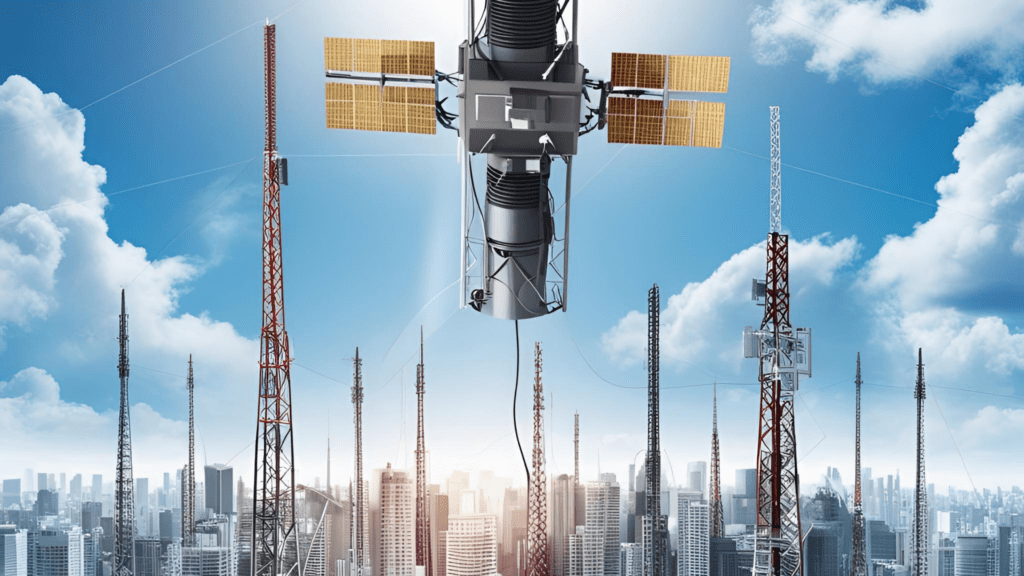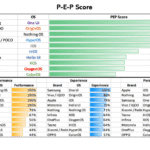It might sound speculative, but history shows us that it is not impossible. Just three decades ago, who would have thought that cellular operators would make incumbents redundant? SatCom can repeat the same dismantling the present cellular telephony.
The Evolution of Satellite Communication
Satellite communication to smartphones is not a novel idea. The integration activities got serious after 2020, and with the iPhone 14 launch, we saw the first flavor of satellite connectivity in smartphones. Though limited, it was enough to prove that it is not impossible.

Recent Advancements
Fast forward to 2025, there are more updates strengthening satellite connectivity with smartphones. We recently saw Samsung enabling satellite communication in the S25 series using Starlink as the SatCom partner. Apple, in retaliation, also enabled Starlink for the iPhone, which had earlier Globalstar as its SOS SatCom partner. There are already reports about Google soon getting Starlink connectivity.
Other than these, Vivo and a few other tier-1 OEMs have given a top-level view of their roadmap of integrating satellite connectivity.
SatCom as a Backup
Initially, SatCom will act as a backup connectivity in the sense that where users will not find a cellular network, they could still communicate. At present, it’s a simple SMS, but we all know it will progress, and we will see voice and then video calls also possible. This means users will be able pretty much to do all the stuff using a satellite link, which they use cellular networks for.
Technology Stabilization and Improvements
As the technology stabilizes, we are only going to see improvements in terms of transmitting higher speeds as well as optimizing per GB data costs. We have seen how it has progressed in cellular from 1G to 5G, and what the roadmap for 6G looks like.
Cost and Accessibility
In India alone, the tariffs of mobile communication have even touched ‘zero’ (effectively free) from a very steep starting point. Not just the service, but smartphone costs have also relatively come down. In the early years, smartphones were not in reach of mass markets. Today, every individual, once starting to earn, aspires for one and can find one within its reach.
The Price-Waterfall Effect
Like any technology, we are going to witness the price-waterfall effect in SatCom, with the potential of it becoming the primary or default communication medium. Currently, we are seeing SatCom as a technology complementing cellular to fill up the ‘missing blanks’ of coverage. But, as its adoption becomes widespread, there is nothing that could potentially stop it from becoming the default and perhaps only connectivity for smartphones.
Impact on Cellular Telephony
This trend can dismantle the existing cellular telephony. The smartphone OEM can collaborate with a satellite partner for global coverage. Say Apple having a blanket agreement with Starlink for connectivity. This means no need to have a cellular network, no requirement of a physical or e-SIM, and the device can be provisioned with satellite connectivity straight out of the box. The user can connect to wireless broadband using satellite communications and operate the smartphone just like how it’s used in present times. It will, in fact, add to ease-of-use as irrespective of which country, whatever terrain a person is in, the same satellite operator will provide connectivity.
The Future of Communication
This means the cellular telecom operator’s powerful role in the communications value chain will simply go away. They will become just like the present fixed-line incumbents. The association between smartphone OEMs and satellite communications providers will grow stronger as they could offer a comprehensive communication offering, blurring the very strong demarcation of telecom operator and handset OEM that exists today.
Timeline and Speculation
Going by the current activities globally around bringing satellite connectivity to smartphones, we should start early usage by users across the globe by around 2030, and it should not take more than two decades for it to become mainstream, which means by 2050, the present cellular operators will be under serious stress and competition. While the operators are proactively embracing satellite communications as they can see this change evident threatening their existence, just like OTT, this could be on a bigger canvas of OTS (Over-The-Space) having even bigger repercussions.
Collaboration and Risk
For the next decade or so, satellite connectivity providers, cellular operators, and handset OEMs will work in collaboration, but among the three, the cellular operator has the highest risk of becoming redundant. Smartphone OEMs could become the customer-facing end of the value chain, which, by the way, will be very lean.
Conclusion
Yes, this does sound speculative but imagine someone talking the same about fixed-line incumbents some 30 years back. We would have felt it speculative too!
By keeping pace with technological advancements and market dynamics, the communication landscape is set to undergo a seismic shift by 2050, potentially reshaping the very foundation of mobile connectivity as we know it today.





